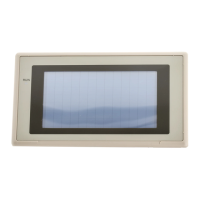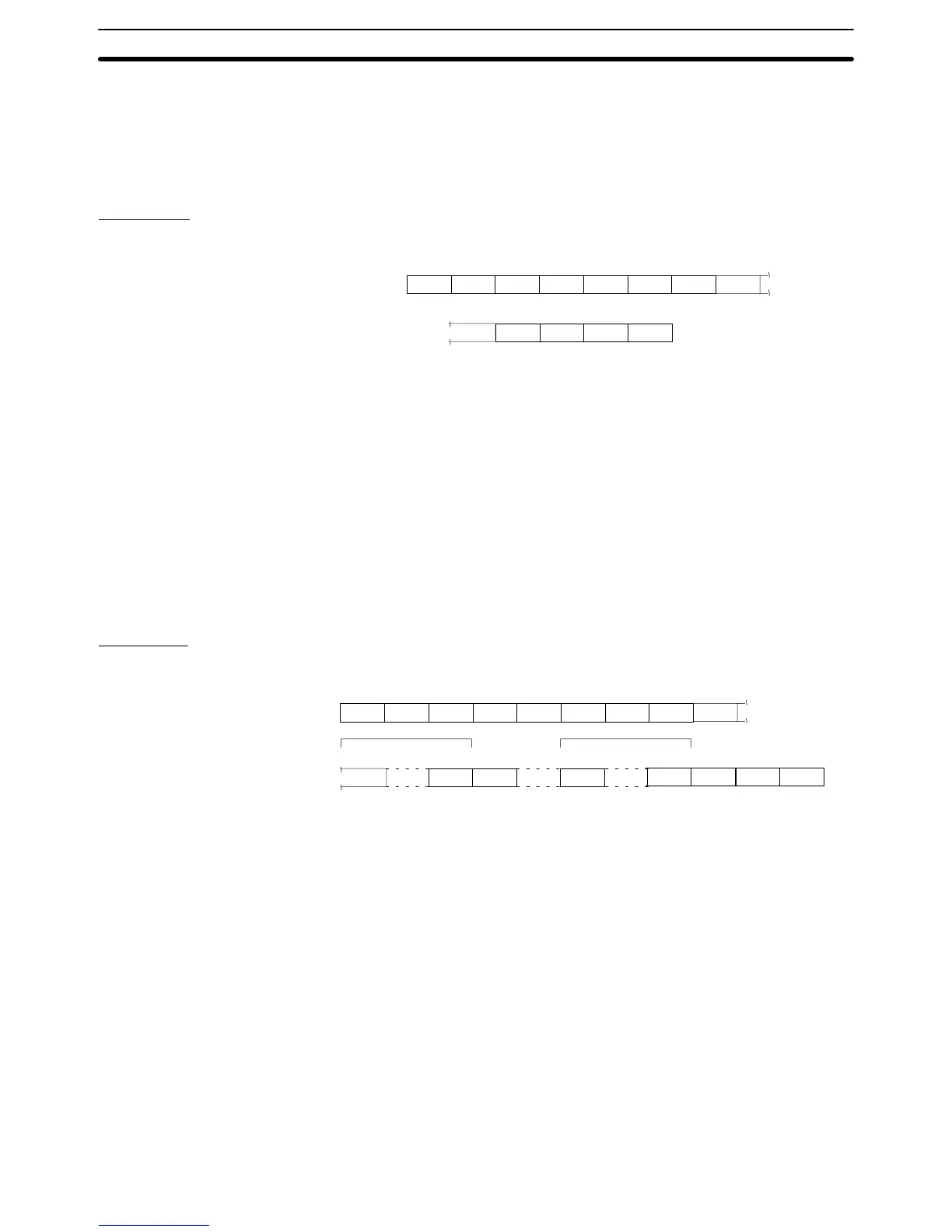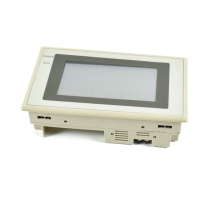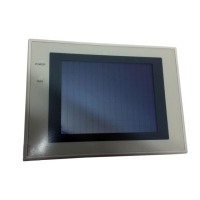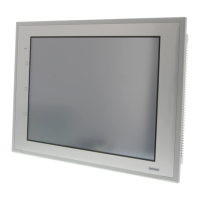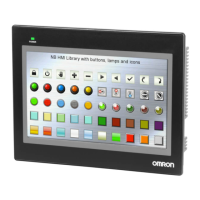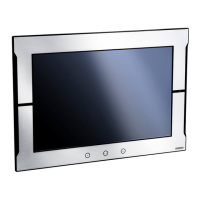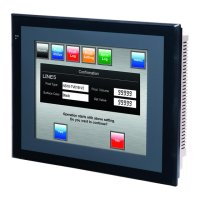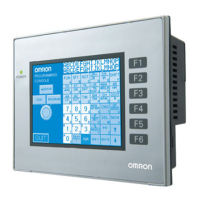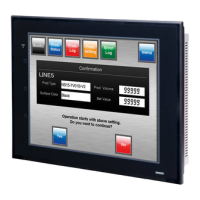4-3SectionCommands/Responses
375
4-3 Commands/Responses
This section describes the commands used with the memory link and their re-
sponses.
4-3-1 PT Memory Read Command (Sent from Host to PT)
Command
Format
1B 52
[ESC]
[CR]
R
0D
4D
M
mc1c2 c4
(l1) (l2) (s1) (s2)
c3
* * * * * * * * * *
* * * * * * * *
m: Checksum present/absent (1 BCD digit)
0: Absent
1: Present
8: Absent (1 word read)
9: Present (1 word read)
c
1
to c
4
: First word address read (4 BCD digits)
0000 to 9999
l
1
, l
2
: Number of read words (2 BCD digits)
00: 100 words
01 to 99: 1 to 99 words
When m is 8 or 9, omit this setting.
s1, s2: Checksum (2 hexadecimal digits)
When m is 0 or 8, omit this setting.
Response
Format
Data of 1 word Data of 1 word
1B 52
[ESC]
R
c3 c4
4D
Mc1 l1 l2c2
2C
0D
d11 d1m
,
dn1 dnm
s1 s2 [CR]
* * * * * * * * * * * ** *
* * * * * * * * * * * *
c
1
to c
4
: First word address read (4 BCD digits)
0000 to 9999
l
1
, l
2
: Number of read words (2 BCD digits)
01 to 50: 1 to 50 words
d1
1
to d1
m
, ..., dn
1
to dn
m
:
Contents of the read words (1 to 4 hexadecimal digits)
0 to FFFF
H
Since initial zeroes are omitted, there may be less than 4 digits.
Individual words of data are delimited by commas.
s
1
, s
2
: Checksum (2 hexadecimal digits)
This is always added.
Function
• Reads the contents of the specified number of words from the specified word of
the PT memory.
• Used to read the statuses of the PT notify area, window control area, lamps,
touch switches and bit memory table entries allocated PT memory, and the
contents of numeral and character string memory table entries.
